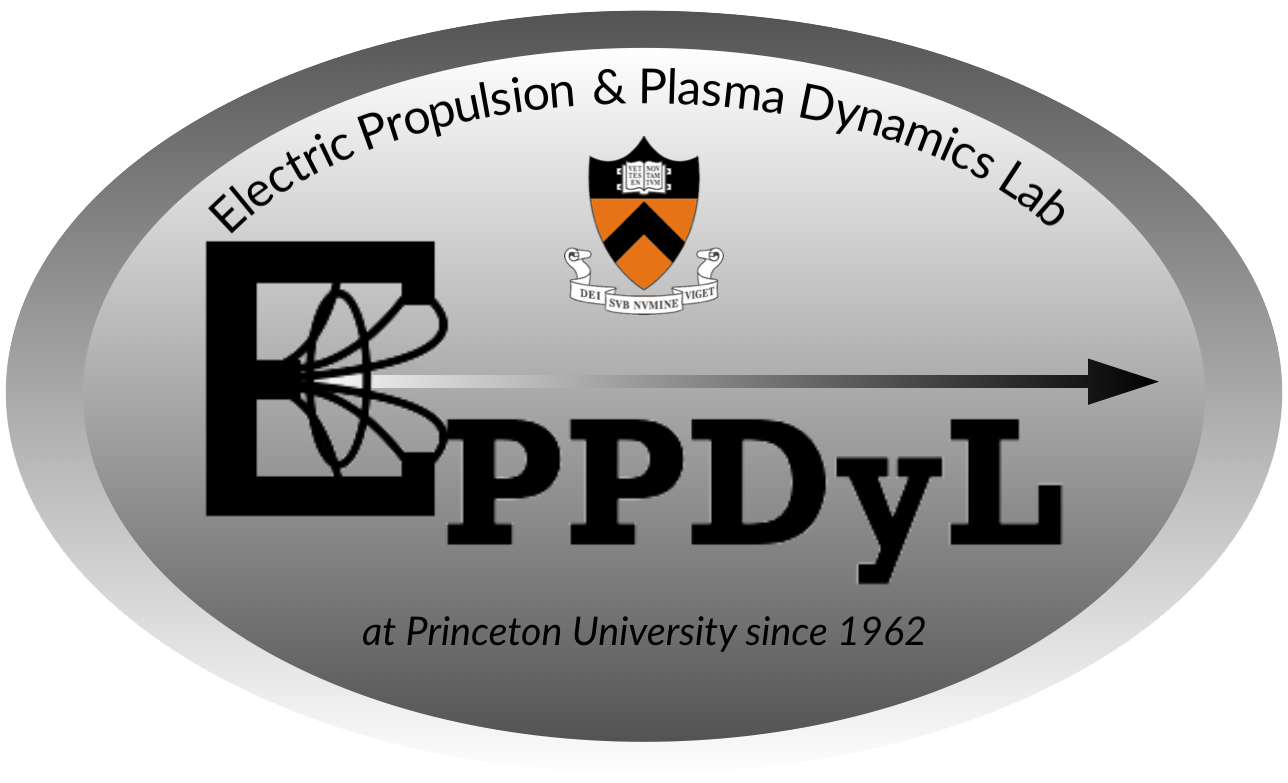The influence of ambipolar diffusion on the attachment length and electron temperature in orificed hollow cathodes
Download
Abstract
The mechanism controlling the scaling of the electron temperature and attachment length within orificed hollow cathodes is investigated numerically by combining a theoretical zero-dimensional plasma flow model and a charge-exchange-limited ambipolar diffusion model. Electron temperature and attachment length are critical because they determine the effective utilization, and therefore the operational life, of thermionic hollow cathode inserts. Conservation of momentum for the combined-species flow, conservation of energy for the electrons, and the assumption of charge-exchange-limited ambipolar diffusion are used to derive the underlying models. The combined model takes as inputs the operating conditions (discharge current and mass flow rate), cathode geometry, and the gas species, along with two non-controllable parameters: the neutral gas temperature and the sheath potential. Good agreement with experimental data is obtained for the emission length and electron temperature, both as functions of the neutral gas pressure-insert diameter product, and as functions of discharge current. Both the zero-dimensional model and the experimental data show that orificed cathodes operate in the region of neutral gas pressure- diameter product Pd~1 Torr-cm. The predicted emission length is found to be between 0.8 and 1.2 times the insert radius, to scale weakly with the pressure-diameter product, and to be nearly independent of the orifice diameter. The analysis also suggests that the diffusion-dominated nature of the insert plasma can account for the scaling of the emission length with cathode operating conditions
